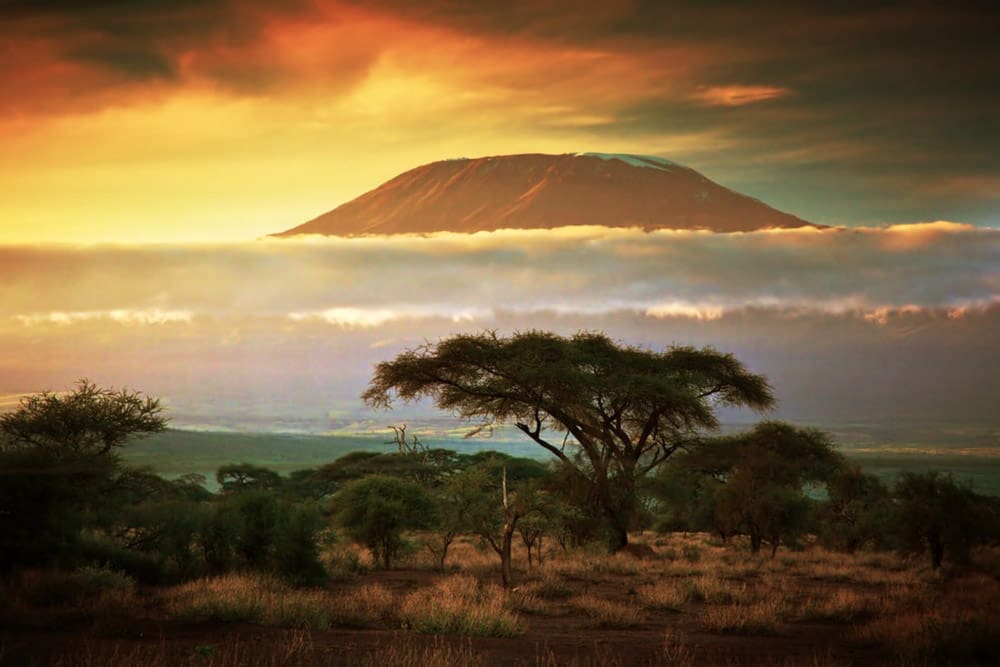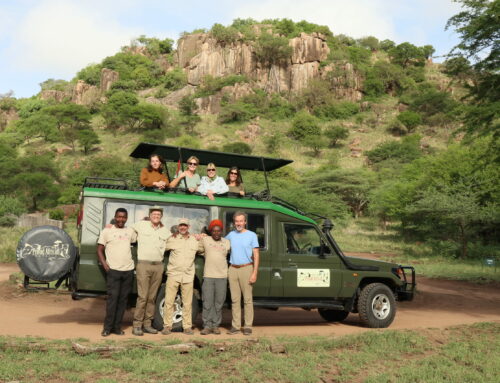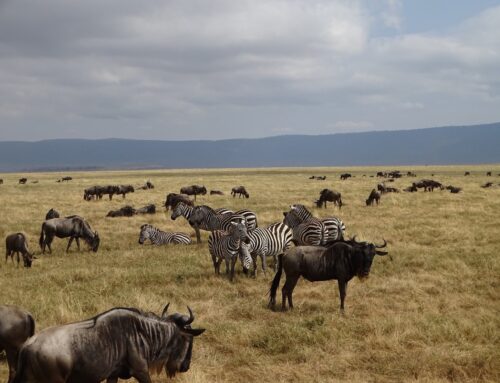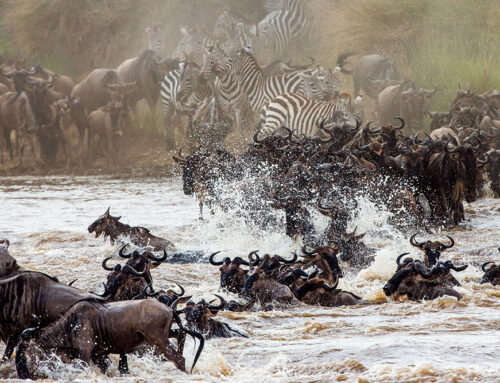With the sheer intention to accelerate tourism, a cable car is on it’s way to the top of Mount Kilimanjaro. The car will create access to a birds eye view that is impossible to see otherwise. The Deputy Minister of Tanzania states that the cable car is meant to draw in older tourists.
After all, the eight day hiking trip that it would take otherwise may not be in the cards for visitors of all ages. That may be so, but it’s important for these tourists to remember that there are programs that offer customized private safaris that offer the same incredible experience, perfect for any level of physicality.
Why the Protests?
Protests are coming in the form of concern when it comes to preservation of experience. Tour operators, guides and porters are against the cable car, along with many community members.
While the cable car itself may increase tourism initially, it is certain to decrease the amount of time that tourists will stay. Also, unemployment for unskilled guides will regress as the need for them will disappear after the appearance of the cable car.
Basically, what used to be a week long trip could turn into a one day excursion. For the families that depend on the income from acting as a guide for tourists, this will surely have a major impact.
In addition, installation of a cable car would create electrical wires along some of the popular routes along the mountain. In turn, this could severely affect the migration of birds throughout the landscape.
The After Shock
There are people who depend on the tourism at Mount Kilimanjaro for a sole income. By building a highly unwanted cable car, many will be forced out of work. Discussions of the addition of a cable car to Kilimanjaro have been repeatedly shot down over the course of the last 60 years or so.
With the locals refusing to back down regarding the protests of the cable car, it’s likely that the project will be put off once again. The current plan of feasibility will definitely put it closer to becoming a reality, but it will remain to be seen.
With the sheer intention to accelerate tourism, a cable car is on it’s way to the top of Mount Kilimanjaro. The car will create access to a birds eye view that is impossible to see otherwise. The Deputy Minister of Tanzania states that the cable car is meant to draw in older tourists.
After all, the eight day hiking trip that it would take otherwise may not be in the cards for visitors of all ages. That may be so, but it’s important for these tourists to remember that there are programs that offer customized private safaris that offer the same incredible experience, perfect for any level of physicality.
Why the Protests?
Protests are coming in the form of concern when it comes to preservation of experience. Tour operators, guides and porters are against the cable car, along with many community members.
While the cable car itself may increase tourism initially, it is certain to decrease the amount of time that tourists will stay. Also, unemployment for unskilled guides will regress as the need for them will disappear after the appearance of the cable car.
Basically, what used to be a week long trip could turn into a one day excursion. For the families that depend on the income from acting as a guide for tourists, this will surely have a major impact.
In addition, installation of a cable car would create electrical wires along some of the popular routes along the mountain. In turn, this could severely affect the migration of birds throughout the landscape.
The After Shock
There are people who depend on the tourism at Mount Kilimanjaro for a sole income. By building a highly unwanted cable car, many will be forced out of work. Discussions of the addition of a cable car to Kilimanjaro have been repeatedly shot down over the course of the last 60 years or so.
With the locals refusing to back down regarding the protests of the cable car, it’s likely that the project will be put off once again. The current plan of feasibility will definitely put it closer to becoming a reality, but it will remain to be seen.






